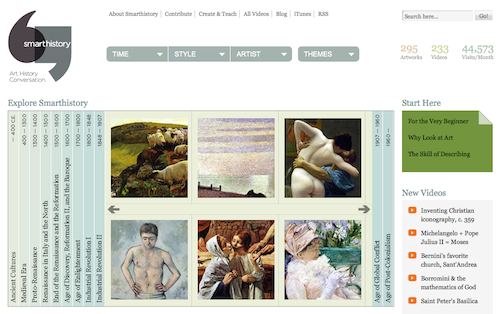Powers of Ten by Charles and Ray Eames.
“Powers of Ten”, a 1968 short film by Charles and Ray Eames, is a quite impressive application of the logarithmic scale. The film is an adaptation of “Cosmic View”, a 1957 book by Kees Boeke. Both the book and the film deal with very short and very long distances and the relative size of things in the universe. Although Einstein wouldn’t agree with the trip, because very soon the camera travels faster than the speed of light, you should have a look at what it means to cross the universe on a logarithmic scale. Every ten seconds you will add a zero to your distance and stride away from earth by the factor ten: from meters, to 10 meters, 100 meters, 1000 meters and so on. Some minutes later and lightyears away you pass the nearest star. The way back is even faster and leads you through the skin and the DNA to the subatomic scale. Impressive! Enjoy the trip!



